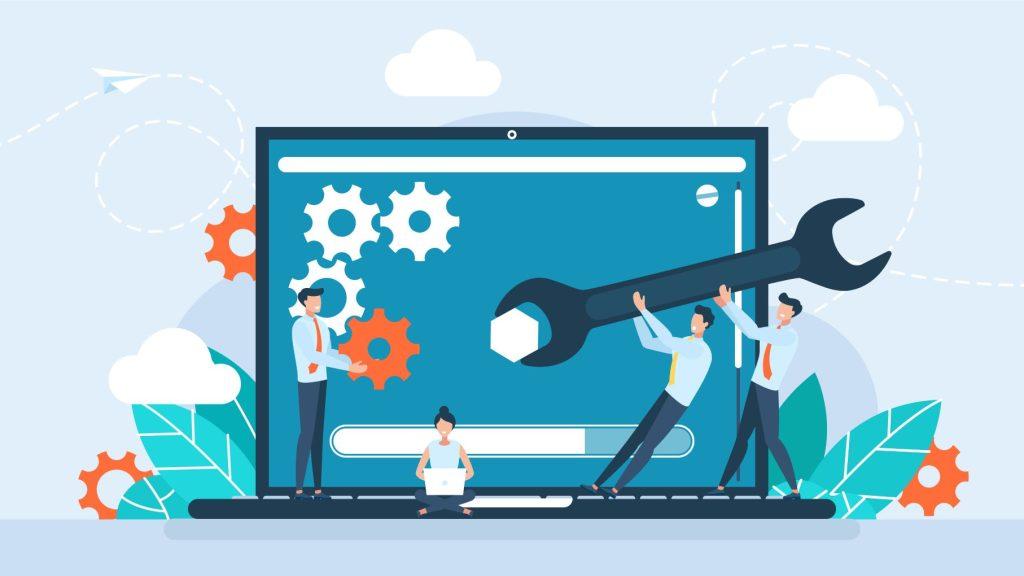Displaying Efficiency: QuickBooks General Ledger Account Setup and Maintenance

Introduction
In the fast-paced world of business, time is money. Efficiently managing your finances is a key component of any successful enterprise. QuickBooks, the accounting software powerhouse, can be your best friend in this endeavor. Setting up and maintaining your General Ledger accounts can be a game-changer, helping you keep a tight grip on your finances. In this article, we’ll explore the importance of QuickBooks General Ledger account setup and maintenance, and how you can make it work for you.
The Backbone of Financial Organization
Your General Ledger (GL) is the backbone of your financial organization. It’s where every financial transaction is recorded, categorized, and ultimately presented in your financial statements. Setting up your General Ledger correctly is the first step toward gaining control over your finances.
QuickBooks General Ledger Setup
- Chart of Accounts: Start by defining your Chart of Accounts (COA). This is the list of all your income, expense, asset, liability, and equity accounts. Customize it to reflect the specific needs of your business.
- Account Naming: Use clear and consistent names for your accounts. Avoid vague names and abbreviations, which can lead to confusion later on. A well-structured Chart of Accounts makes tracking and reporting much more straightforward.
- Sub-Accounts: QuickBooks allows you to set up sub-accounts. This is a great way to break down specific categories into more detail. For example, if you have an account for “Advertising,” you can create sub-accounts for “Online Ads” and “Print Ads.”
- Account Numbering: Consider using account numbers for an organized hierarchy. Numbering accounts logically helps in quickly identifying the nature of an account.
Regular Maintenance
Setting up your General Ledger is only the first step. Efficient financial management requires ongoing maintenance. Here are some essential tips for maintaining your QuickBooks General Ledger:
- Regular Reconciliation: Reconcile your accounts regularly to ensure that your records match your bank statements. This helps in identifying errors, discrepancies, or potential fraud.
- Classify Transactions: Categorize every transaction correctly. This includes not only the right account but also the correct sub-account and customer/job (if applicable). Accurate categorization is essential for tracking income and expenses.
- Stay Updated: Keep your Chart of Accounts up to date. As your business grows and evolves, your financial needs will change. Add or modify accounts as necessary to reflect these changes.
- Batch Entry: When you have several similar transactions, use the batch entry feature to save time. QuickBooks allows you to enter multiple transactions at once, which can be a huge time-saver for routine expenses.
- Backups: Regularly back up your QuickBooks data. Losing your financial records is a nightmare scenario. Regular backups can save you from that headache.
Efficiency Leads to Growth
Efficiency in managing your General Ledger with QuickBooks has far-reaching benefits. Here’s why it matters:
Time-Saving
The efficient setup and maintenance of your General Ledger will save you hours of manual record-keeping. With QuickBooks, you can automate much of the data entry and reconciliation process, allowing you to focus on running your business.
Accuracy
Avoiding errors and discrepancies in your financial records is crucial. A well-maintained General Ledger reduces the chances of mistakes that can lead to financial loss and confusion.
Informed Decision Making
Accurate and up-to-date financial records provide the basis for informed decision-making. When you know where your money is going and where it’s coming from, you can make strategic choices to improve your bottom line.
Compliance
Accurate records are also essential for tax compliance. QuickBooks helps you maintain records that are ready for tax reporting, making the tax season much less stressful.
Growth
Efficiency in financial management frees up resources, both time and money, that you can reinvest in your business. It’s a critical component of sustainable growth.
Conclusion
Take Control of Your Finances
Efficiently setting up and maintaining your General Ledger in QuickBooks is a powerful tool for managing your finances. It saves you time, increases accuracy, and empowers you to make informed decisions that drive your business forward.
Ready to supercharge your financial management? Get started with BMR Consulting today and unlock the potential of your business!
If you have any questions or need assistance with QuickBooks General Ledger setup and maintenance, don’t hesitate to reach out to our expert team. We’re here to help you achieve your financial goals and pave the way for your business’s growth.
Bonnie Rose
Sign up for valuable resources, insightful articles and expert advice on bookkeeping and consulting topics to help your business thrive and succeed.
